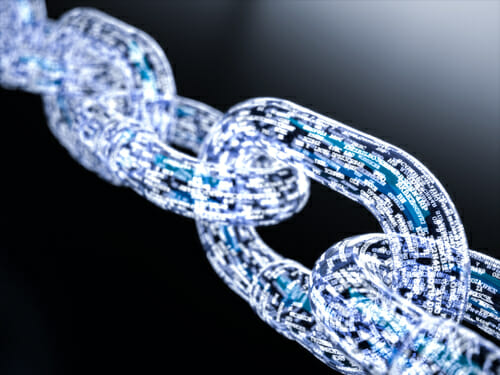Blockchain networks must “talk to each other” to become the new internet, says MIT experts.
On May 24th the MIT Technology Review published an article by Mike Orcutt, their in-house, cryptocurrency and blockchain specialiist, where he explained the need for blockchains to be connected to each other in order to become what the internet is today for the financial field and other industries in general. As Orcutt explained, blockchain has been compared to the early internet an infinite number of times, and according to many enthusiasts in the field, it could have a similar effect on our society, opening the door to a
“new global financial system that works like the internet, except instead of moving around little packets of information, it moves money”.
However, currently, blockchain technology has significant obstacles to avoid in order to accomplish that prognostication, quoting Orcutt,
“blockchains don’t talk to each other.”
To Orcutt, new blockchain projects usually perform like a “petri dish full of bacteria”, multiplying and developing new ways to archive their objectives, but not “headed toward any kind of higher-order organism”.
Before the internet in the 1960s and 1970s, the scene seemed similar to the current state of blockchain technology, as there were several separate technical approaches to constructing computer networks, explained Thomas Hardjono, part of MIT’s Connection Science Program.
“the key to moving things forward lies in figuring out how to make these individual systems work together.”
Says Hardjono.
In the 1970s and 1980s, the transmission control protocol (TCP) and the internet protocol (IP) which have now become the bedrock of today’s internet, was developed, thanks to a combination of academic and US military research. This led to the construction of a common infrastructure that allowed individual networks to share resources, especially in the event that one of the networks was attacked. Systems like this allow networks (or potentially, blockchains) to transfer data to each other immediately. This is necessary to add
“risk and technical liabilities into your economic system.”
Says Hardjono.
by Samuel Larreal











